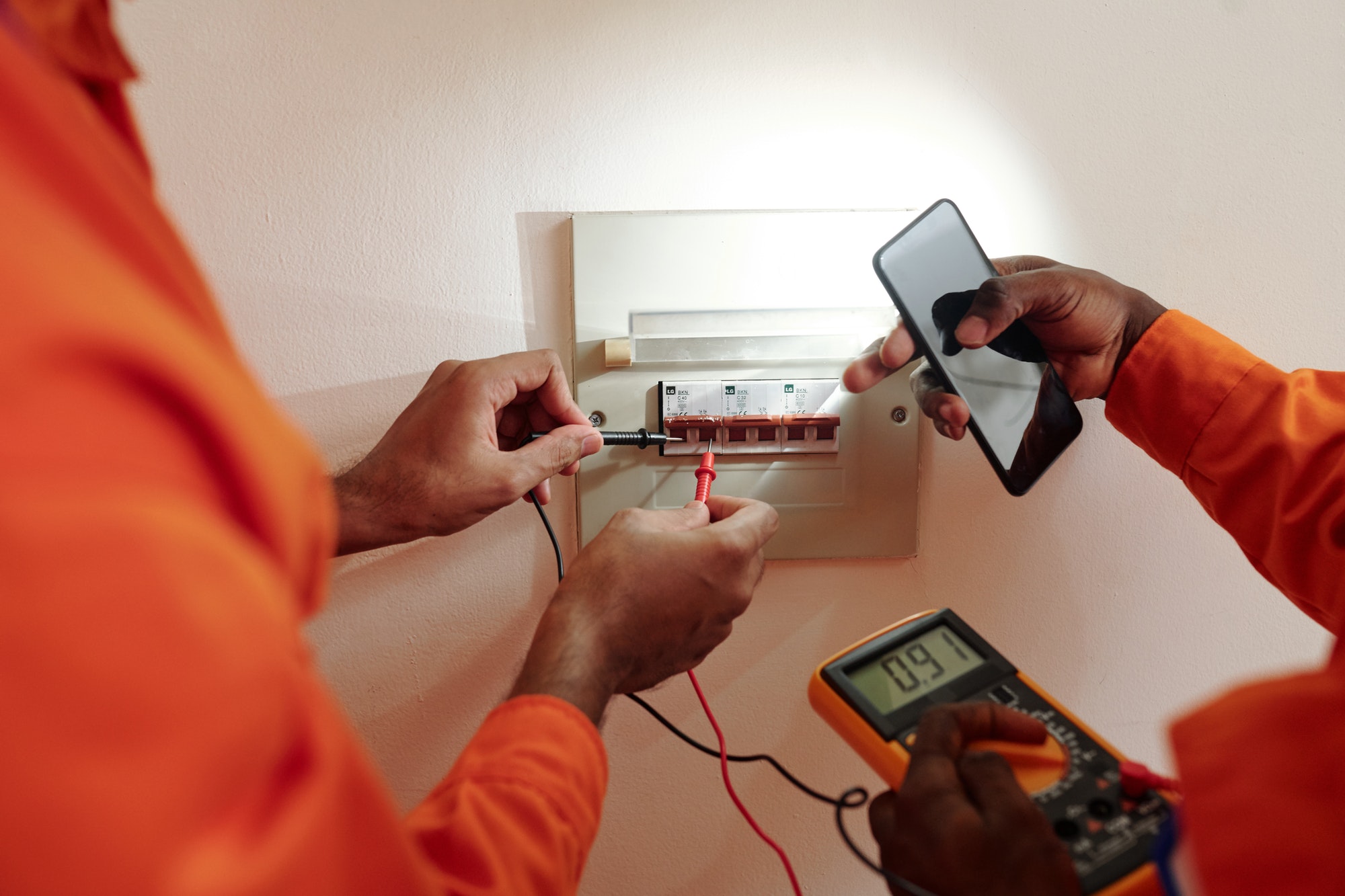Understanding which appliances need PAT (Portable Appliance Testing) is crucial for maintaining electrical safety in various environments. Here’s a comprehensive guide on which appliances require PAT testing:
Categories of Appliances That Need PAT Testing
- Portable Appliances
- Definition: Appliances that are designed to be moved from one place to another while connected to an electrical supply.
- Examples: Kettles, toasters, vacuum cleaners, and portable heaters.
- Hand-Held Appliances
- Definition: Appliances that are held in the hand during normal use.
- Examples: Hairdryers, drills, and electric saws.
- Moveable Equipment
- Definition: Equipment that is less than 18 kg and can be easily moved, including those with wheels or castors.
- Examples: Floor cleaners, portable air conditioning units.
- Stationary Equipment
- Definition: Equipment that has a fixed position and is not intended to be moved but could potentially be unplugged and moved if necessary.
- Examples: Fridges, washing machines, and desktop computers.
- Fixed Appliances
- Definition: Appliances that are permanently fixed in place, often hard-wired or connected via a fused spur.
- Examples: Hand dryers, water heaters, and built-in ovens.
- IT Equipment
- Definition: Electrical equipment used for information technology purposes.
- Examples: Computers, printers, monitors, and routers.
Specific Considerations for Different Environments
- Office Environments
- Appliances to Test: Computers, printers, photocopiers, kettles, coffee machines, portable heaters, and fans.
- Rationale: Regular use of these items in office settings makes them prone to wear and tear, necessitating regular safety checks.
- Industrial Settings
- Appliances to Test: Power tools, extension leads, portable lighting, machinery, and handheld devices.
- Rationale: High usage and demanding conditions in industrial environments increase the risk of damage, requiring frequent testing.
- Residential Rental Properties
- Appliances to Test: Landlord-provided appliances such as refrigerators, microwaves, washing machines, and vacuum cleaners.
- Rationale: Ensuring tenant safety by regularly testing all electrical appliances provided in the property.
- Public Buildings
- Appliances to Test: Vending machines, hand dryers, public-use computers, kitchen appliances in communal areas.
- Rationale: Frequent public use increases wear and potential safety hazards.
- Construction Sites
- Appliances to Test: Power tools, extension leads, portable lighting, and generators.
- Rationale: High-risk environment with heavy usage and potential for damage, requiring frequent inspections.
Appliances That Typically Do Not Need PAT Testing
- Hard-Wired Appliances
- Examples: Built-in ovens, wired-in water heaters, fixed lighting.
- Rationale: Generally considered part of the building’s fixed wiring system and not subject to PAT testing. However, their installation and maintenance should comply with electrical safety standards.
- New Appliances
- Examples: Brand-new items straight from the manufacturer.
- Rationale: New appliances are assumed to be in safe condition. However, they should be visually inspected before their first use.
Establishing a PAT Testing Regime
- Conduct an Inventory
- Compile a List: Create a comprehensive list of all electrical appliances within the premises.
- Categorize: Categorize the appliances based on their type and usage environment.
- Risk Assessment
- Evaluate Usage: Assess how often and in what conditions each appliance is used.
- Determine Risk: Identify appliances that are more prone to wear, damage, or misuse.
- Testing Schedule
- Set Frequencies: Establish testing frequencies based on the risk assessment. High-risk and frequently used appliances should be tested more often.
- Regular Updates: Regularly update the testing schedule and records to ensure ongoing compliance and safety.
Summary
PAT testing is essential for ensuring the safety of various types of electrical appliances across different environments. By understanding which appliances need testing and establishing a systematic testing regime, you can effectively mitigate risks, comply with safety regulations, and protect users from electrical hazards. Regular PAT testing is a proactive measure that helps maintain a safe and compliant electrical environment.






